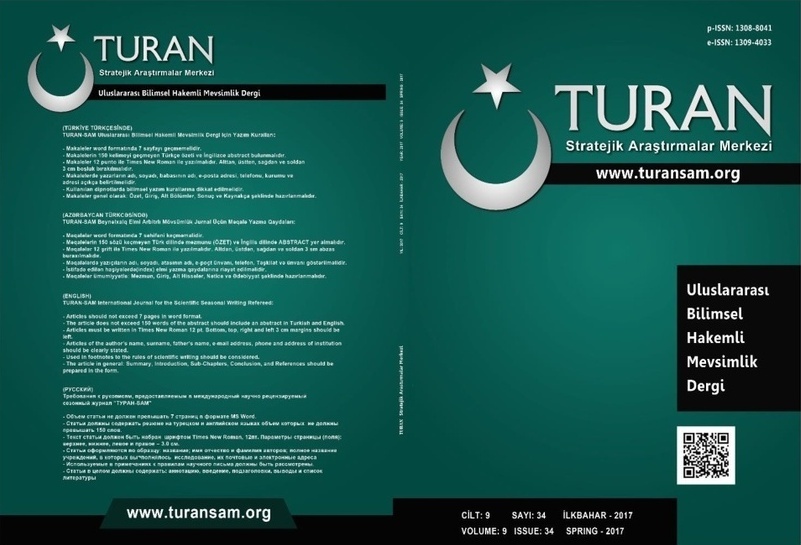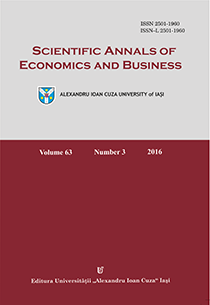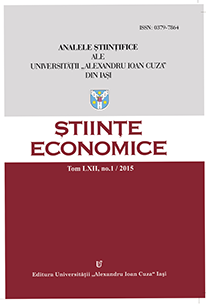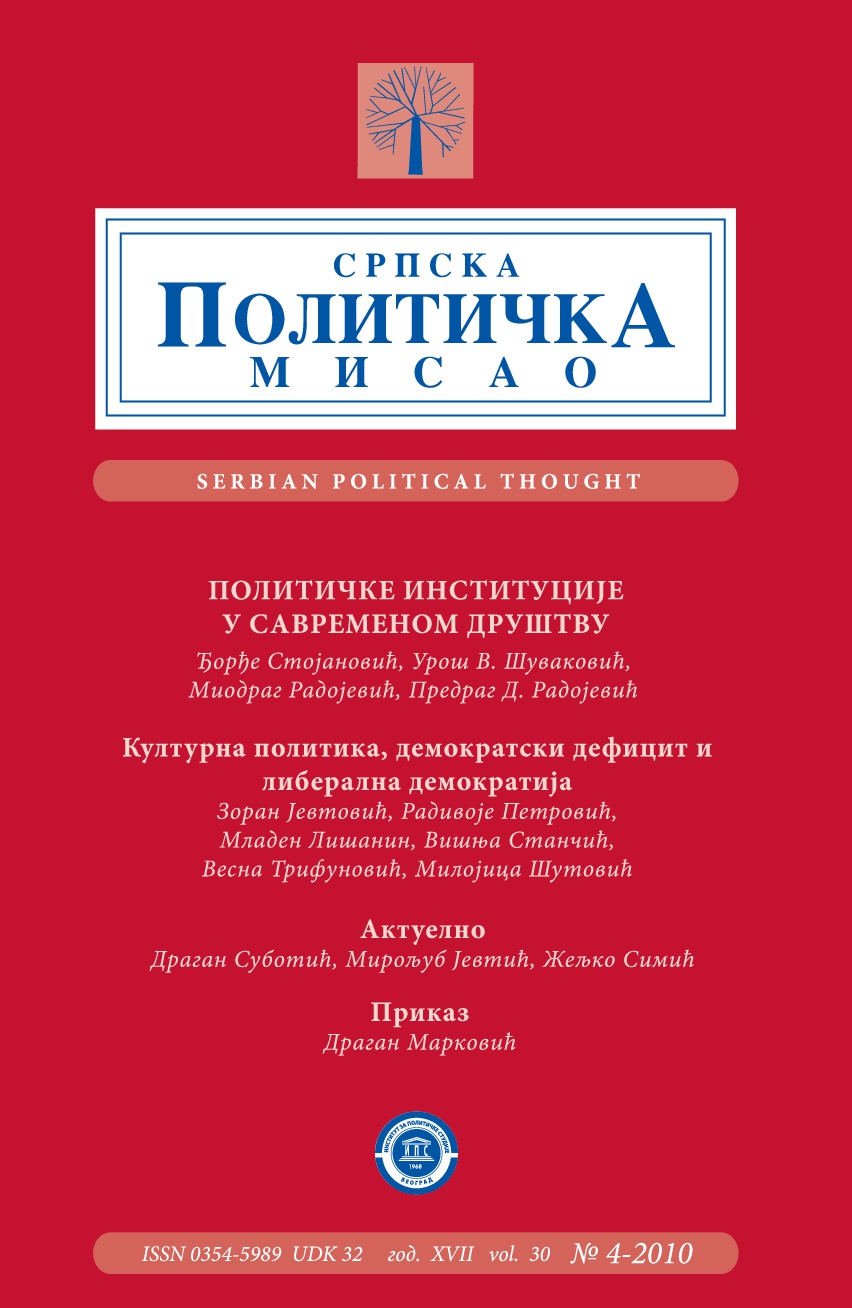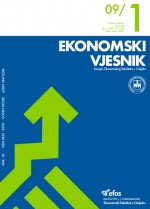
Međunarodna razmjena hrvatske kemijske industrije
In this paper Croatian chemical industry in international trade is analyzed by applying k-means cluster method. The work is oriented toward the role and contribution of individual product groups in total trade patterns of chemical industry. The RCA indicator, GL index, RUV indicator and the share of individual chemical products in the total export of chemical industry are used as variables. The products at the four-digit level of the SITC are used as objects. The cluster of chemical products in which Croatia has comparative advantages contributes significantly in export structure. At the same time this cluster consists of a few product types thus indicating strong export concentration of Croatian chemical industry. Regarding of the value of RUV indicator, Croatian chemical industry benefits most in the international trade with antibiotics and medicines that contain antibiotics. Beside fertilizers, these two products have the greatest share in the export structure. The great majority of the chemical products have the low level of intra-industry trade specialization.
More...
